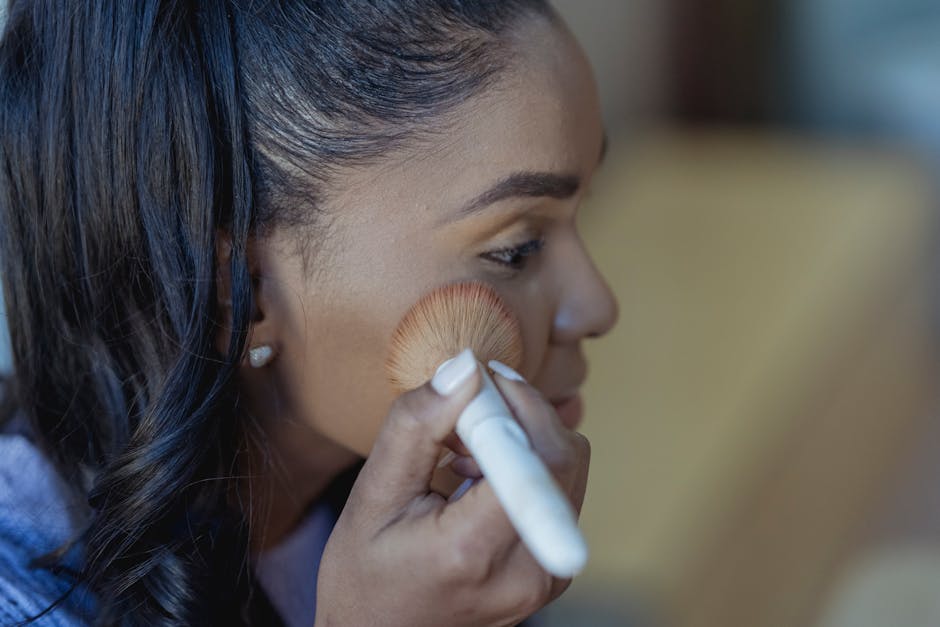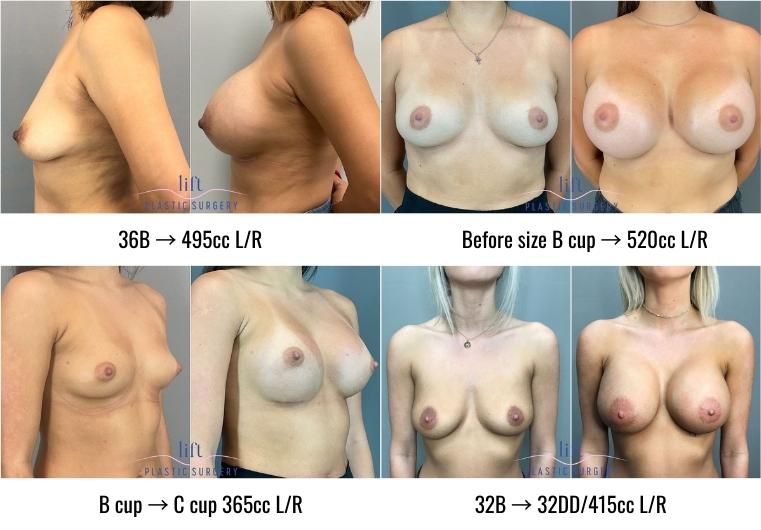Introduction to Facial Contouring in Webster, Texas
In Webster, facial contouring is a game changer for anyone looking to redefine their facial features. Simply put, it’s all about shaping the face. You’ve got two routes here – non-surgical and surgical. The non-surgical way leans on treatments like fillers and Botox to tweak your looks without the downtime. Think of it as a quick fix. On the other side, surgical contouring involves procedures like liposuction or implants that offer a more permanent fix. Each method has its fans, depending on what you’re after and how much change you’re up for. Whether you want a subtle lift or something more long-lasting, facial contouring in Webster has got you covered.
What is Non-Surgical Facial Contouring?
Non-surgical facial contouring includes treatments that change your face shape without any cuts or stitches. Think of it as sculpting your face, but without the need for surgery. This method uses things like injections of fillers, fat melting techniques, and Botox to smooth out wrinkles, plump up cheeks, or sharpen the jawline. It’s less scary than surgery because there’s no downtime, you don’t have to sleep in a hospital, and it’s generally more affordable. Plus, the results are temporary, so if you don’t like it, you’re not stuck with it forever. People often go for non-surgical options to test-drive changes before committing to surgery or to avoid surgery’s risks and recovery time.
Benefits of Non-Surgical Methods
Non-surgical methods for facial contouring are on the rise, and it’s easy to see why. First, these methods are less invasive, which means you’re not dealing with cuts or prolonged recovery times. Think about it; you can get a fresher look without going under the knife. The beauty here is the convenience. Most treatments can be done in under an hour, and you can jump back to your daily life almost immediately—no need to press pause on your routine.
Another big win? Less risk. When you choose non-surgical options, you dodge risks associated with anesthesia and surgical complications. Plus, these treatments are often more affordable than surgery. You’re not only saving on the procedure itself but also on the aftercare and downtime associated with surgical options.
Customization is a breeze with non-surgical methods. Whether it’s fillers, botox, or thread lifts, your specialist can tweak your treatment to match your exact needs. This means you get a more natural look because the approach is tailored just for you.
Lastly, fear of commitment isn’t a problem here. Most non-surgical treatments are reversible or will naturally fade over time. This gives you the freedom to change your mind or adjust your looks as your preferences evolve.
In summary, non-surgical facial contouring methods offer convenience, lower risks, affordability, customization, and flexibility. If you’re looking to refresh your look without the heaviness of surgery, these methods might just be your best bet.
Possible Risks and Limitations of Non-Surgical Techniques
Non-surgical facial contouring sounds like a safe bet compared to surgery, right? Well, it’s not all smooth sailing. First off, these methods might not give you dramatic results. If you’re dreaming of a big change, non-surgical might leave you wanting more. And here’s something many don’t think about: results are temporary. Yeah, you heard that right. You’ll likely need to go back for more treatments to keep that fresh look. This means more visits, more time, and yep, more money.
Then there’s the side of risks. Sure, it’s less than going under the knife, but it’s not risk-free. We’re talking about potential for bruising, swelling, and in rare cases, some serious allergic reactions. And let’s not forget, the skill of the person doing your treatment makes a big difference. A less experienced hand could mean uneven results – like one side of your face not matching the other. Not cool.
In sum, while non-surgical facial contouring is generally safer and involves less downtime than surgical options, it’s important to weigh these limitations and risks. Your expectations must be in check, and choosing a skilled professional cannot be overstated.
What Does Surgical Facial Contouring Entail?
Surgical facial contouring isn’t as scary as it sounds. It’s a process used to change the shape of your face, making parts of it more pronounced or softer. This often involves procedures like rhinoplasty (nose job), chin implants, or cheek augmentation. These surgeries are done by trained professionals and usually require some downtime for recovery. You might need to chill at home for a bit, letting your face heal. This option is not a quick fix and involves a careful decision-making process. The goal? To enhance your natural features and maybe boost your confidence along the way. The choice to go surgical can be major, but for many, the results are worth it. Just remember, it’s about feeling comfortable in your own skin.
Advantages of Choosing Surgical Contouring
Surgical facial contouring turns heads for its transformative results, being a stronger, permanent solution to reshaping your face. Unlike non-surgical methods that give temporary fixes, surgical options dive deep, restructuring the very bones of your face for a look that lasts. Here are the major wins of going under the knife: the precision you get is unmatched. Surgeons tailor the procedure to your specific facial structure, ensuring the end result is as close to what you envision as possible. Plus, it’s a one-and-done deal. While non-surgical methods might require regular touch-ups, surgical contouring is a one-time investment in your appearance. Yes, the recovery time is more significant, but the change is permanent. And let’s talk confidence. The impact of achieving the exact look you want is profound, boosting your self-esteem. Surgical contouring isn’t just about aesthetics; it can also correct functional issues, improving jaw alignment and breathing problems. So, though it might seem intense, the leap to surgical facial contouring can offer life-changing benefits.
Understanding the Risks Associated with Surgical Procedures
Surgical facial contouring involves cutting and reshaping the bones of your face, often under general anesthesia. This comes with its set of risks. Infection is a considerable risk because surgeries open the door to bacteria. Then there’s the risk of anesthesia, which, while rare, can lead to complications such as allergic reactions or even heart problems. Bleeding and blood clots can also occur, adding another layer of concern. Plus, there’s always a chance of unsatisfactory results, leading to the need for additional surgeries. Recovery time is not trivial either; it can be lengthy and uncomfortable, requiring you to take time off your daily activities. Lastly, the scars, though usually well-hidden, are permanent. Understanding these risks is crucial before deciding on surgical facial contouring. Remember, it’s not just about the outcome but the journey there.
How to Decide Between Non-Surgical and Surgical Facial Contouring
Deciding between non-surgical and surgical facial contouring boils down to a few key factors: your goals, budget, and tolerance for downtime. Non-surgical options, like fillers or Botox, are quick, less expensive, and come with minimal recovery time. They’re great if you’re looking for subtle changes or are hesitant about surgery. Think of non-surgical methods as a test drive – you get a feel for the change without committing long-term. On the other hand, surgical options, such as facelifts or bone contouring, offer dramatic, lasting results. They’re pricier and require a significant recovery period but might be the go-to if you’re after a more noticeable transformation. Consider your desired outcome, how much you’re willing to spend, and how much downtime you can manage. Chat with a professional; their insight can be invaluable in making the right choice for you in Webster.
Factors to Consider When Choosing a Procedure
When it comes to changing how your face looks, diving straight into surgery shouldn’t be your first step. Stop and think. Ask yourself why you’re doing this. Is it for you or to fit someone else’s ideal? Next, look at your health. Good health means you recover faster, with fewer complications. Think about the time it’ll take to heal. Can you take a break from work? Are you okay with waiting to see the full effects? Money matters too. Can you afford it without breaking the bank? Remember, cheaper doesn’t always mean safer or better. Talk to a professional. They know what they’re talking about. Ask them about what to expect, the risks, and if your goals are realistic with the options you’re considering. Finally, think about how this change will fit into your life. Small changes might bring you big joy, or you could realize you’re perfect just as you are. Make sure your decision feels right in your gut—you’re the one living with it.
Conclusion: Making the Best Choice for Your Facial Contouring Needs
In deciding between non-surgical and surgical facial contouring, the choice hinges on what you hope to achieve and how permanent you want those changes to be. Non-surgical options, like fillers and Botox, offer temporary solutions that can subtly enhance your features without downtime. They’re ideal for those wanting to dip their toes into facial contouring without committing to the permanence of surgery. These methods are also less expensive in the short term but consider they require ongoing treatments to maintain results. On the flip side, surgical options like facelifts or cheek and chin implants provide lasting changes. They’re suited for those seeking significant alterations or corrections. Yes, surgery comes with higher upfront costs, longer recovery periods, and its set of risks, but the transformative results are permanent. Weighing the pros and cons of each method in relation to your personal goals, lifestyle, and budget is crucial. Remember, consulting with a trusted specialist who understands your vision is vital in making an informed decision that aligns with your desires for facial contouring.



